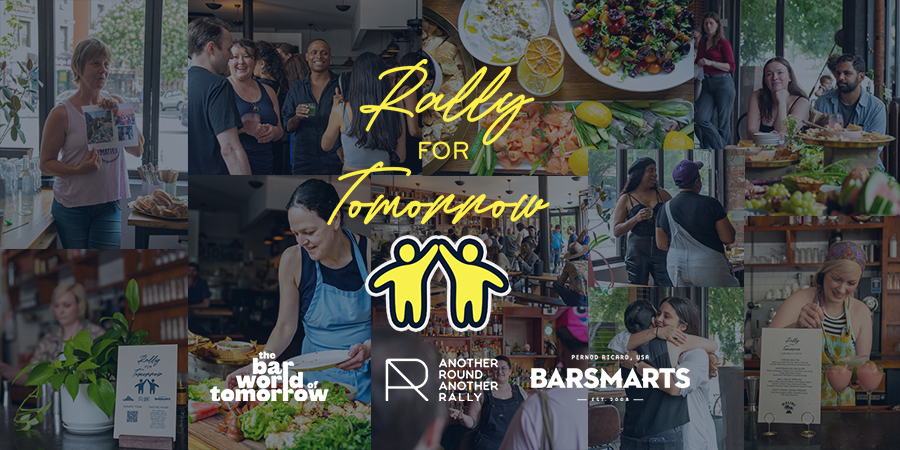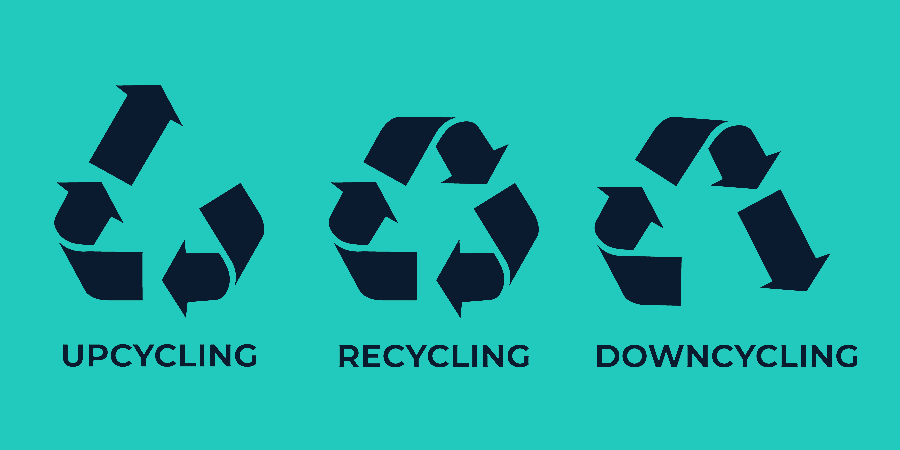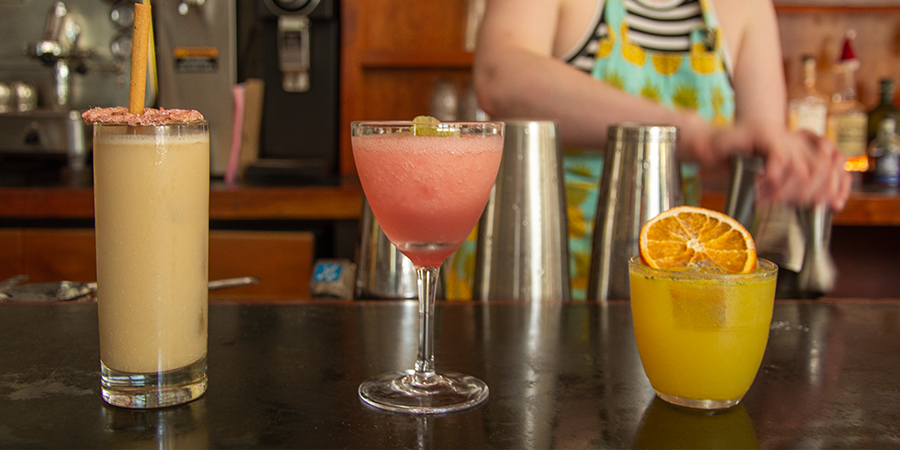
Each month, our Rally for Tomorrow event series unites sustainability authorities and business owners from across New York City to swap ideas and help spread the word about incorporating more eco-friendly practices into today’s bars and restaurants. We’d love for you to join us next time you’re in NYC on the fourth Monday of any month – but in the meantime, we thought we’d share some key tips and takeaways from the series so far.
From developing sourcing methods that save money and resources to understanding when, where and how your community recycles, here are some easy ways to inject more eco-friendly practices into your bar or restaurant business.

Think outside the trash bin
Recycling efforts typically fall into one of three categories. There’s down-cycling, the most common method, which involves using a recycled material to create another material of a lower quality than the original. Then, there’s recycling, which involves collecting and processing reusable materials to make something of the same or a different form.
Finally, there’s up-cycling, which involves reusing a material to create something superior to what it was before (think repurposing glass bottles as juice or cocktail carafes, creating coffee cordial for drinks and desserts from used coffee grounds, etc.). Figuring out where your business’s waste streams are – and learning how to repurpose everyday items into usable alternatives – plays a huge part in reducing your business’s environmental impact.

Think – and drink – seasonally
Where you source ingredients matters. So, too, does when you do it. Take citrus fruits, for example. During the winter, they’re likely dried, frozen or imported, so winter is a great time to find another source of acid for your cocktails. Consider kombuchas, verjus, or, in small amounts, vinegar, or keep apple cider, sherry or wine vinegar on-hand in a dasher bottle with your lineup bitters as an alternative to using lemon or lime juice.

Research your local recycling system
Regrettably, there’s no widespread, uniform recycling system in the United States. While many communities operate their own programs, there’s a lot of variation from one to the next in terms of what they take, how they take it and so on. During your bar or restaurant’s slower season, take some time to refamiliarize yourself and your staff with your city or town’s recycling rules and efforts. Make sure you’re separating your waste into appropriate streams (i.e. organics, glass, plastics, etc.), and whenever possible, look for opportunities to upcycle, or use what would otherwise go to waste in a way that makes it hold even higher value.

Implement sustainable sourcing solutions
Arguably one of the easiest ways to lower your business’s carbon footprint involves practicing responsible sourcing – and, in particular, using local, low-intervention or carbon-neutral ingredients. By sourcing seasonally and relying on local farmers, many bar and restaurant owners save money while supporting other small businesses at the same time.

Consider community
At its core, sustainability is about more than food waste, water and energy usage, and other environmental factors – it also has a human element. Sustainable, inclusive workspaces are the ones most likely to have the energy, resources and solidarity needed to make meaningful change through sustainability efforts, and creating robust, sustainable communities requires incorporating ideas from people from all identities and backgrounds. Ultimately, sustainability and community-building go hand-in-hand, and when you build a more inclusive community, your staff members – and your sustainability efforts – reap the benefits.
We asked Phëlix Crittenden from Bric x Cute A$$ Bar to serve up some helpful tips to keep us sustainably focused on our communities. She’s telling us to “SLEEP on it”:




